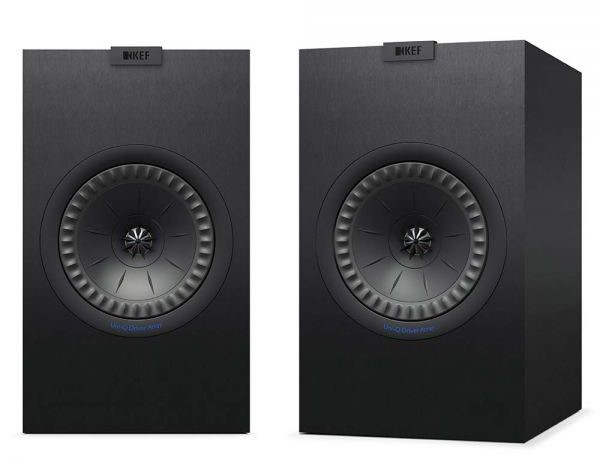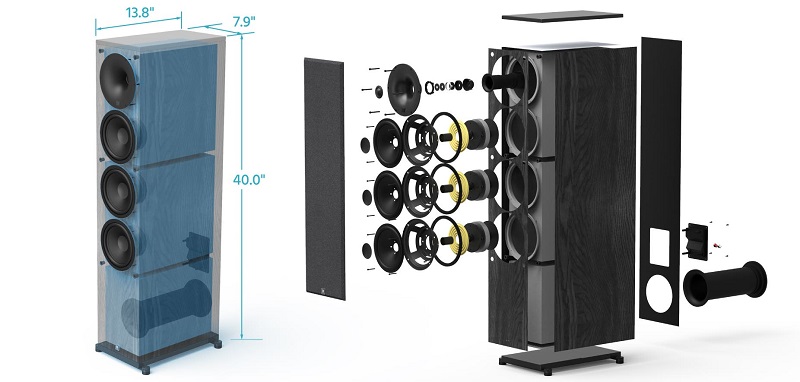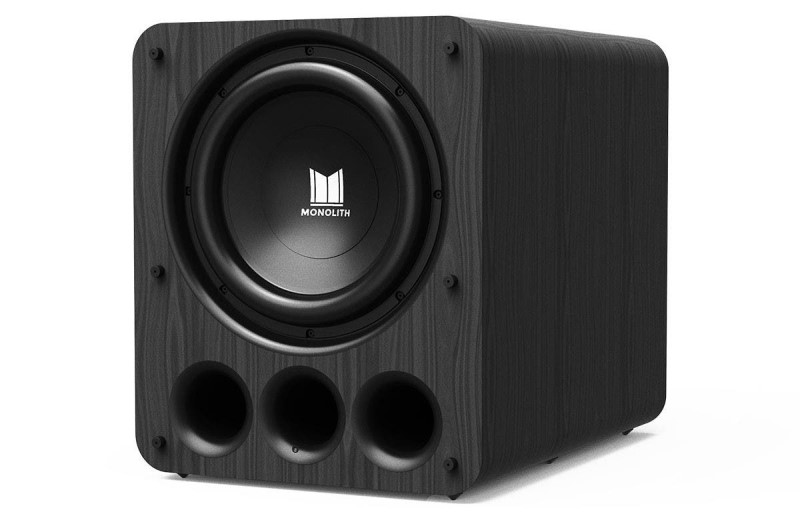Setting A Speaker Budget for “Non-Audiophiles”
You are definitely not an audiophile, but you still need speakers. This is a common way people introduce themselves when they are asking for budget speaker advice. “Not audiophile” is shorthand for “don’t want to spend a bunch of money.” I get that. Let me let you in on a little secrete about speakers – you can get a lot of the performance of the high-end stuff for a fraction of the cost. After years in this industry, I’ve found this to be true. So, if you are a non-audiophile and want to get most of the speaker performance at a reasonable budget, how much should you save?
Diminishing Returns
Before we go forward, let’s talk about diminishing returns. We see this in many industries. You can buy a very nice car for $Y, but for the top-of-the-line car, you’ll need to spend $Y x 100 or 1000. Is the top-of-the-line car 100 or 1000 times better than the other car? Usually no. It’s faster, has more cache, and has lots of prestige. But it isn’t necessarily a “better” way to drive from point A to point B.
Audio is like this. A “non-audiophile” speaker has most of the performance of the higher budget offerings but costs a fraction. Are the higher budget speakers better? Most of the time you would say yes if you heard them side by side. But they aren’t the multiple of the price better. If you had the money might you buy them? Sure. But you would probably understand why the non-audiophile “budget” speaker was so popular.
Author’s Note: These price ranges are highly generalized and based on MSRP. We know that deals and sales can be found. We know that some speakers in this price range (and higher) sound bad. But, in general, if you have this much money to spend, you can find a non-audiophile speaker that fits this budget and sounds nearly as good as anything that costs more.
Bookshelf Speakers – $500-$1000 a Pair
The difference between a $500 a pair speaker and almost anything that costs less is massive. We’re talking speakers that can play from 20kHz down to 80Hz cleanly for $500 versus not being able to do that and spend less money. We’ve listed some of our favorites here, but the key is that you really can get great sound at this price point. If you can save up for the $1000 a pair bookshelf speakers, you can find a non-audiophile budget speaker that will last you the rest of your life. They are the types of speakers that you can pass down to your kids.

Tower Speakers – $1000-$2000 a Pair
There are a lot of reasons why we often suggest you not buy tower speakers. People like the way they look but their performance usually isn’t needed. But, if you want a pair of tower speakers that sound as good as much more expensive offerings, be prepared to save up between $1000 and $2000 a pair. The benefits of tower speakers are that they have more bass, tend to be more sensitive (and therefore can get louder), and they are more stable (not as easy to knock over). Just don’t forget they you still need to cross them over into your subwoofers (even if the manufacturer tries to tell you that they are “full range”). Most of the bookshelf speaker suggestions from above have tower counterparts. Look to them for great sounding options.

Subwoofers – Highly Dependant on the Room
For many years, subwoofers were easily the most expensive speaker in your system. Not anymore. That said, you need to be prepared to shell out at least $500 for a decent subwoofer in a small room. As your room size increases, so too shall the price (and size) of your subwoofers. We have some suggestions for subwoofers based on your room that you should look at. But for non-audiophile budget subwoofer speaker offerings, never has there been a better time to buy.

Surround and Atmos Speakers – No More than Bookshelfs (and usually quite a bit less)
Your surround and Atmos speakers are very close to you physically. This means they don’t need the kind of power that the front three speakers need. They also play much less of a role in the amount of sound in your room. You don’t want an incapable speaker, but you also don’t need to spend as much on these speakers as you do the front three. Atmos speakers, in particular, play a very limited range of the frequency response. They just don’t need to be that good to do their jobs. So, don’t waste your money trying to get high-quality Atmos speakers.

Surround speakers, on the other hand, should at least sound like your front three speakers. This doesn’t necessarily mean you have to buy speakers from the same company as your front three, but it usually helps. The key is to remember that they don’t have to play as loud so they can usually be smaller and therefore less expensive. So, if you see speakers that are labeled as surrounds in the lineup that cost less, jump on those. You don’t need identical speakers to your fronts (especially if they are towers) and you generally don’t need bi- or di-pole speakers.
Wrap Up
You may have noticed that we didn’t mention the center channel speaker in our non-audiophile budget article. This is because you usually have very little choice in the matter. When you pick your front speakers, the center is usually one of a very select number of options. As you want your front three to all sound the same, you will either pick a center speaker from the same manufacturer or get an identical speaker to your front left and right if you can fit it. Either way, your the choice you made for the front left and right speakers will determine your options for your center.



First and foremost, I really enjoy the content on this site. The concise, direct, and light tone helps cut through what often ends up being a very anecdotal and jargon loaded hobby.
What improved performance/quality do you get when you jump up to the next “tier” for bookshelf and tower speakers? E.g. $1k-$2k/pair for bookshelves or $2k-5k/pair for towers?? From what I’ve read, that’s a commonly reference “sweet spot” for price-to-performance ratio…though that may just be for audiophiles.
Examples of tower product lines in this tier would be Elac Solano, KEF R-series, and Monitor Audio Silver.
It really depends on the speaker. Generally, you get more extension (high and low), more power handling (can play louder), and a smoother overall response.